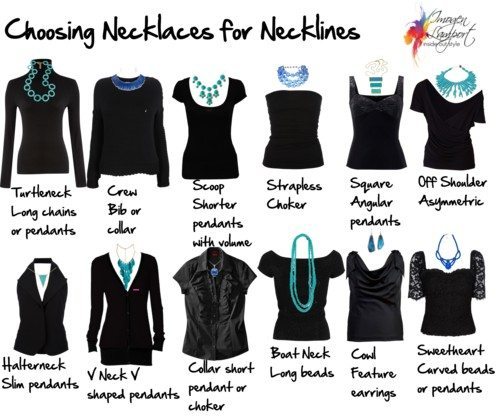So here I am
throwing out lots of “color” words – as if working in glass isn’t hard
enough. Color theory is so important to
art – I’d even go so far as to say it’s the “everything” if you are working in
color. If you can’t get a color to work
right you will never get the depth you want in your work and it covers just
about everything, even jewelry (a subject near and dear to my heart). See a previous post on thinking about
metals as color.
The chroma or
saturation of a color is a measure of how intense it is. Think of it as “pure,
bright color”. Remember how I mentioned I wanted that creamsicle? I needed an orange that was a true bright
hue. Then, chemicals willing, when I
added a white to it I would get a tint of that orange that looked like a
creamsicle. What happened when I used a variety of oranges
is what I photographed. These are the
colors of some the thick stringers I pulled as experiments. Pretty but not exactly orange. Depending on whether the orange I chose as my
base color was already diluted with a gray or another color greatly influenced
the outcome of my color mixing.
But Aren’t
Value and Chroma the Same Thing?
Color mixing
would be easier if they were, but they’re not. With chroma you’re considering
how pure or intense the hue is, whereas with value you’re not considering what
the hue is at all, just how light or dark it is.
And if that weren’t
enough to think about how about the word – Chromaticity. Be sure to use this one is a sentence the
next time you see a Jackson Pollack painting.
“Uh, honey – I think the chromaticity of that red in Jack’s painting
just makes it, don’t you?” LOL
Chromaticity: Highly chromatic colors contain maximum
hue with little or no impurities such as white, black or gray. The
degree to which a color is free from being mixed with other colors is a good indication
of its chromaticity. Often referred to
as "colorfulness," chroma is the amount of identifiable hue in a
color.




















